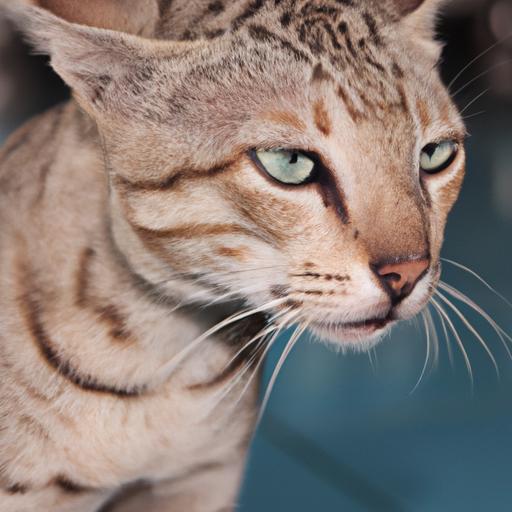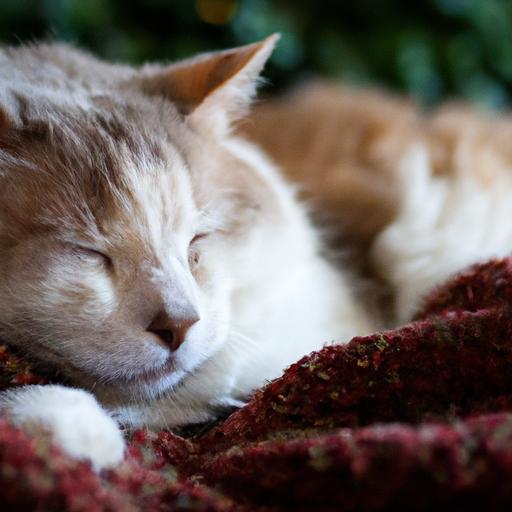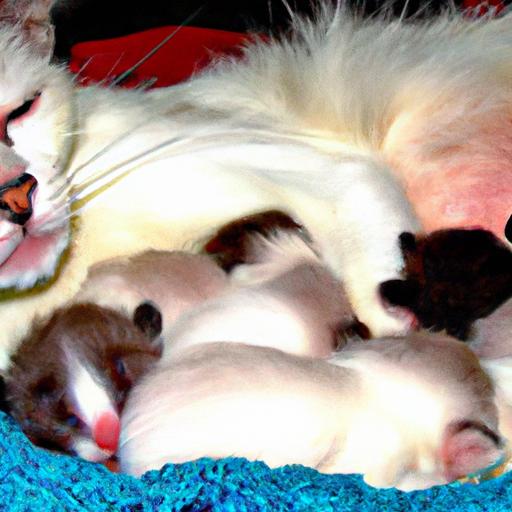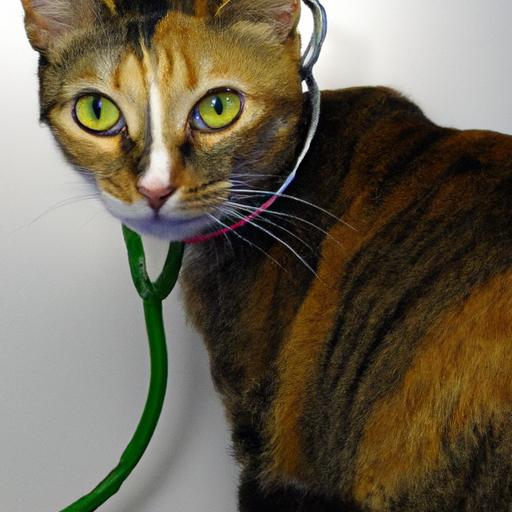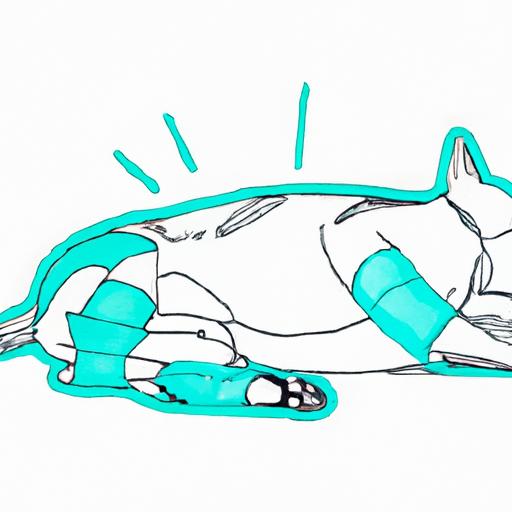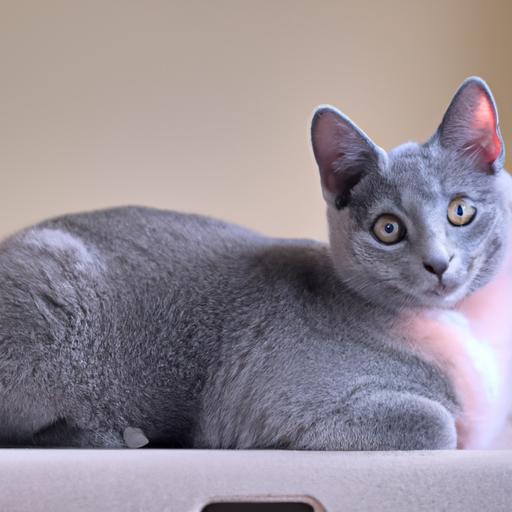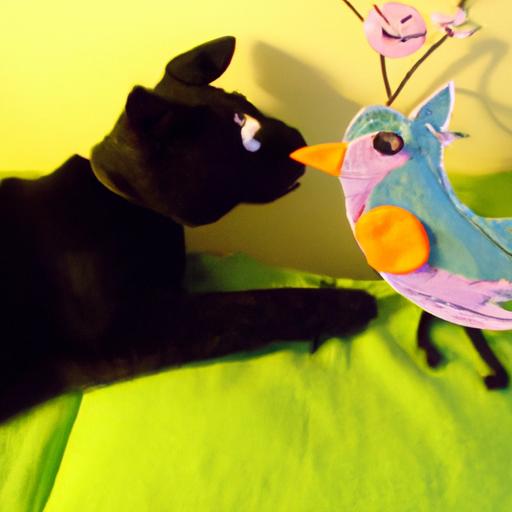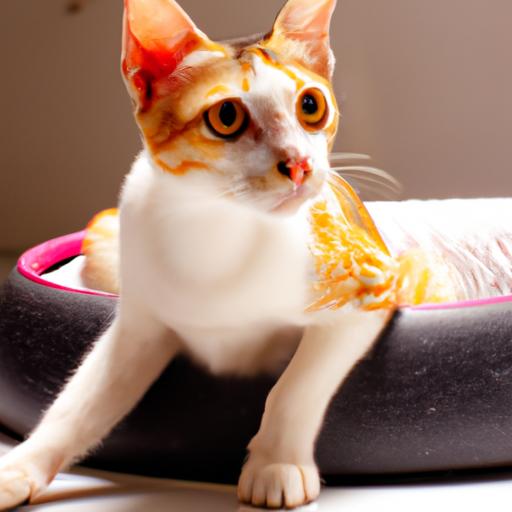
Feline Psychogenic Alopecia: Diagnosis and Solutions
Learn about the diagnosis and solutions for Feline Psychogenic Alopecia in cats. Understand the causes, symptoms, and effective treatment options.
FAQ about Feline Psychogenic Alopecia
What is feline psychogenic alopecia?
Feline psychogenic alopecia is a condition in which cats excessively groom themselves, leading to hair loss. It is usually caused by psychological factors such as stress, anxiety, or boredom.
What are the common causes of feline psychogenic alopecia?
The common causes of feline psychogenic alopecia include changes in the environment, lack of stimulation, conflicts with other pets, separation anxiety, or underlying medical conditions. Identifying the root cause is essential for effective treatment.
How can I identify if my cat has feline psychogenic alopecia?
If you notice your cat excessively grooming, biting, or licking certain areas, resulting in patchy hair loss, it might be a sign of feline psychogenic alopecia. Consult with a veterinarian for a proper diagnosis.
Can feline psychogenic alopecia be cured?
With appropriate diagnosis and treatment, feline psychogenic alopecia can be managed effectively. However, it’s important to address the underlying causes and provide the necessary environmental and behavioral modifications.
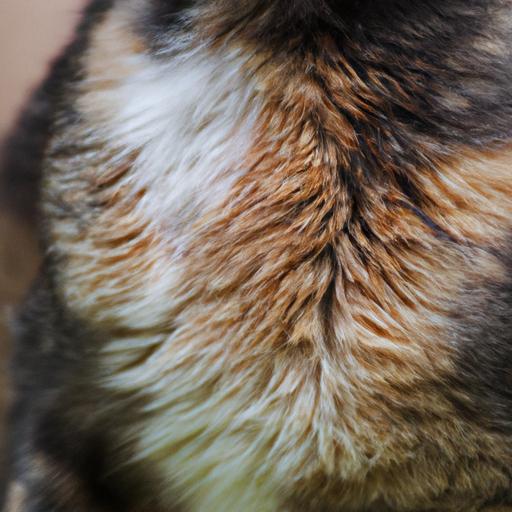
Understanding Feline Psychogenic Alopecia
Feline psychogenic alopecia is a condition that affects cats, leading to hair loss due to excessive grooming. This behavior can be distressing for both the cat and the cat owner. Understanding the causes and symptoms of feline psychogenic alopecia is crucial in finding appropriate solutions.
Definition and symptoms of feline psychogenic alopecia
Feline psychogenic alopecia is a self-induced hair loss condition caused by excessive grooming. Cats may groom excessively due to stress, anxiety, or boredom. This behavior often leads to patchy hair loss, usually on the abdomen, inner thighs, or lower back. Identifying these symptoms can help in the early detection and management of feline psychogenic alopecia.
Behavioral factors contributing to feline psychogenic alopecia
Several behavioral factors can contribute to the development of feline psychogenic alopecia. Cats that experience changes in their environment, such as moving to a new home or the introduction of a new pet, may become stressed and resort to excessive grooming. Boredom and lack of mental stimulation can also trigger this behavior. Understanding these factors can help in addressing the root causes of feline psychogenic alopecia.
Medical conditions that can mimic feline psychogenic alopecia
It’s crucial to differentiate feline psychogenic alopecia from other medical conditions that may cause similar symptoms. Allergic reactions, parasitic infestations, hormonal imbalances, and skin infections can mimic feline psychogenic alopecia. Seeking veterinary advice and conducting appropriate diagnostic tests can help rule out these conditions and ensure accurate diagnosis and treatment.
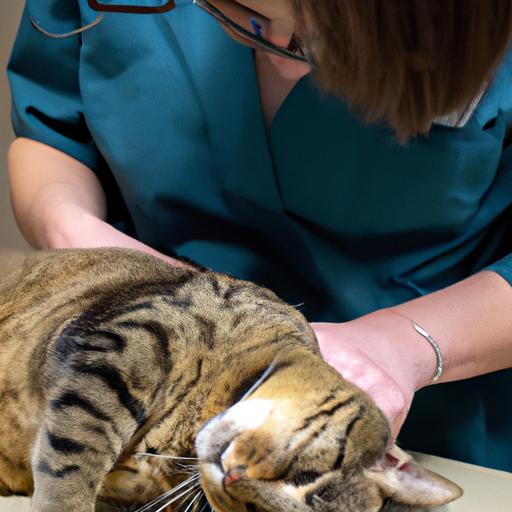
Diagnosis of Feline Psychogenic Alopecia
Accurate diagnosis of feline psychogenic alopecia requires a comprehensive evaluation of the cat’s medical history, physical examination, and ruling out other potential causes. Proper diagnosis is essential for developing effective treatment strategies.
Veterinary examination and history taking
During a veterinary examination, the veterinarian will assess the cat’s overall health, conduct a thorough physical examination, and inquire about the cat’s behavior and environmental factors. Providing detailed information about the cat’s grooming habits, changes in the environment, and any recent stressors can assist in the diagnosis process.
Differential diagnosis and ruling out other potential causes
To ensure an accurate diagnosis, the veterinarian will consider other possible causes of hair loss, such as allergies, parasites, and medical conditions like dermatitis or hormonal imbalances. Various diagnostic tests, including skin scrapings, blood tests, and allergy testing, may be performed to exclude these potential causes.
Diagnostic tests and procedures for feline psychogenic alopecia
While there is no specific test to diagnose feline psychogenic alopecia definitively, diagnostic procedures such as skin biopsies or cytology may be performed to rule out other causes and confirm the presence of excessive grooming behavior. These tests help in developing an appropriate treatment plan and ruling out underlying medical conditions.
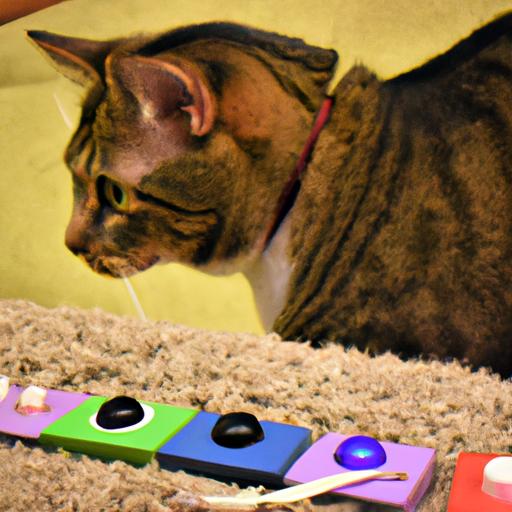
Solutions for Feline Psychogenic Alopecia
Managing feline psychogenic alopecia involves addressing the underlying causes, implementing behavioral modifications, and providing appropriate environmental enrichment. Here are some effective solutions to help your cat overcome this condition.
Environmental enrichment and stress reduction techniques
Creating a stimulating environment can help reduce stress and alleviate boredom, leading to a decrease in excessive grooming behavior. Providing interactive toys, scratching posts, and perches can engage your cat’s natural instincts and prevent them from turning to excessive grooming for stimulation. Additionally, establishing a consistent routine and ensuring a calm and safe environment can help reduce stress levels.
Behavioral modification strategies and training
Implementing behavioral modification techniques can aid in redirecting your cat’s grooming behavior. Positive reinforcement training, such as clicker training or reward-based training, can redirect their focus away from excessive grooming. Distraction techniques, such as interactive play sessions or puzzle toys, can also redirect their attention and prevent them from indulging in excessive grooming.
Medications and supplements for managing feline psychogenic alopecia
In some cases, medication or supplements may be prescribed to manage feline psychogenic alopecia. Consult with a veterinarian to determine if medication is necessary for your cat. Commonly prescribed medications include anti-anxiety drugs or antidepressants that help reduce stress and anxiety levels. Additionally, nutritional supplements containing omega-3 fatty acids can improve skin health and reduce excessive grooming behavior.
Regular grooming and skin care practices for affected cats
Maintaining a regular grooming routine can help manage feline psychogenic alopecia. Brushing your cat’s coat regularly can distribute natural oils and prevent matting, reducing the need for excessive grooming. Additionally, ensuring proper skin care by using gentle, cat-friendly shampoos and moisturizers can help soothe any skin irritation caused by excessive grooming.
Conclusion
In conclusion, feline psychogenic alopecia is a condition that can cause distressing hair loss in cats. By understanding the causes, symptoms, and appropriate diagnostic procedures, we can effectively manage and treat this condition. Implementing behavioral modifications, providing environmental enrichment, and considering medication or supplements when necessary can greatly improve the quality of life for cats affected by feline psychogenic alopecia. Remember, always consult with a veterinarian for an accurate diagnosis and personalized treatment plan for your furry friend.

